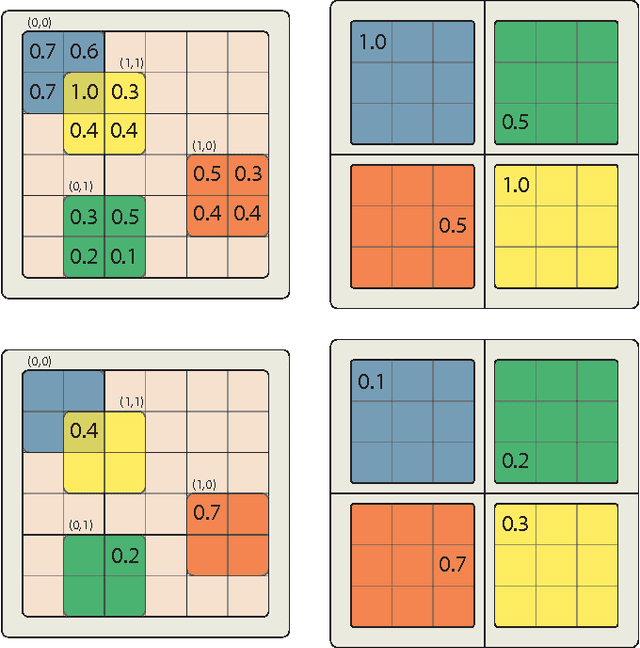Dan Cireşan
Multi-Column Deep Neural Networks for Offline Handwritten Chinese Character Classification
Sep 01, 2013


Abstract:Our Multi-Column Deep Neural Networks achieve best known recognition rates on Chinese characters from the ICDAR 2011 and 2013 offline handwriting competitions, approaching human performance.
A Fast Learning Algorithm for Image Segmentation with Max-Pooling Convolutional Networks
Feb 07, 2013



Abstract:We present a fast algorithm for training MaxPooling Convolutional Networks to segment images. This type of network yields record-breaking performance in a variety of tasks, but is normally trained on a computationally expensive patch-by-patch basis. Our new method processes each training image in a single pass, which is vastly more efficient. We validate the approach in different scenarios and report a 1500-fold speed-up. In an application to automated steel defect detection and segmentation, we obtain excellent performance with short training times.
Multi-column Deep Neural Networks for Image Classification
Feb 13, 2012



Abstract:Traditional methods of computer vision and machine learning cannot match human performance on tasks such as the recognition of handwritten digits or traffic signs. Our biologically plausible deep artificial neural network architectures can. Small (often minimal) receptive fields of convolutional winner-take-all neurons yield large network depth, resulting in roughly as many sparsely connected neural layers as found in mammals between retina and visual cortex. Only winner neurons are trained. Several deep neural columns become experts on inputs preprocessed in different ways; their predictions are averaged. Graphics cards allow for fast training. On the very competitive MNIST handwriting benchmark, our method is the first to achieve near-human performance. On a traffic sign recognition benchmark it outperforms humans by a factor of two. We also improve the state-of-the-art on a plethora of common image classification benchmarks.
* 20 pages, 14 figures, 8 tables
 Add to Chrome
Add to Chrome Add to Firefox
Add to Firefox Add to Edge
Add to Edge